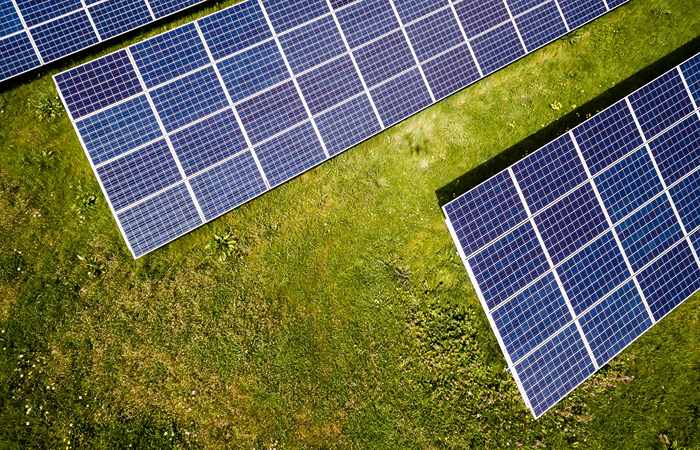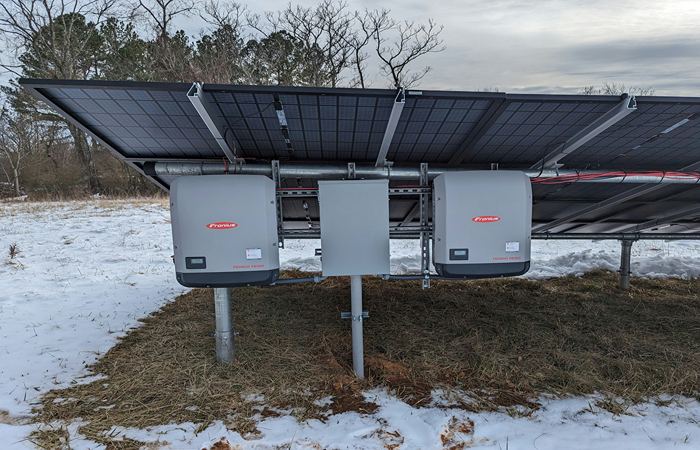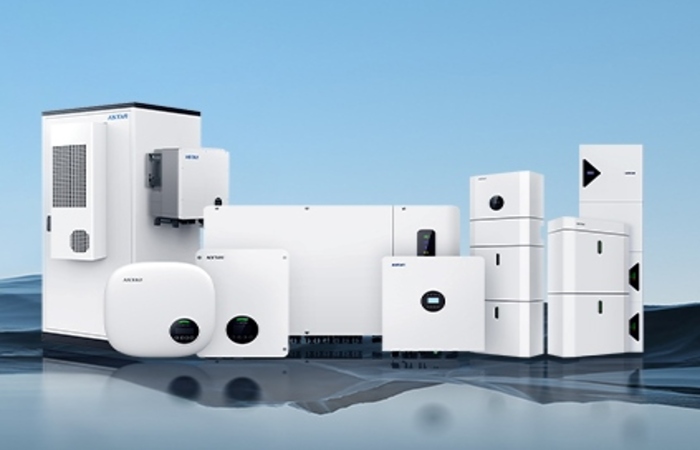Solar plate technology harnesses sunlight to generate electricity. Over the years, advancements have led to various types of solar panels, each with distinct properties and efficiencies. Understanding these differences can help you make an informed decision when choosing a solar energy system.
Types of Solar Panels
Solar panels are primarily categorized based on the materials used and their structural design. The most common types include:
- Monocrystalline Solar Panels
- Polycrystalline Solar Panels
- Thin-Film Solar Panels
These categories vary in terms of efficiency, cost, and application suitability.
P-Type and N-Type Solar Plates
What are P-Type Solar Plates?
P-type solar plates are made using silicon doped with boron, which results in a positively charged layer. These panels have been the industry standard for many years due to their relatively lower production cost and decent efficiency.
What are N-Type Solar Plates?
N-type solar plates, on the other hand, use silicon doped with phosphorus, creating a negatively charged layer. This type of solar plate is gaining popularity because of its higher efficiency and better performance in low-light conditions.
Which is Best: P-Type or N-Type?
N-type solar plates are generally considered superior to P-type for several reasons:
- Higher Efficiency: N-type plates tend to have higher efficiency rates, meaning they can convert more sunlight into electricity.
- Longer Lifespan: They typically experience less degradation over time compared to P-type plates.
- Better Performance: They perform better in low-light conditions and have higher tolerance to high temperatures.
However, N-type solar plates are usually more expensive to produce, which can influence your decision based on budget considerations.
Efficiency of Solar Plates
The efficiency of solar plates refers to the percentage of sunlight that can be converted into usable electricity. Here’s a brief overview of the efficiencies of different types of solar plates:
- Monocrystalline Solar Panels: 15-22% efficiency
- Polycrystalline Solar Panels: 13-17% efficiency
- Thin-Film Solar Panels: 7-13% efficiency
- N-Type Solar Plates: Up to 24% efficiency in the latest models
Higher efficiency means that fewer panels are needed to generate the same amount of electricity, which can be a significant advantage if space is limited.
Also Read: Solar Inverters (Your Guide to Efficient Energy Solutions)
Bifacial vs. Monofacial Solar Plates
What are Monofacial Solar Plates?
Monofacial solar plates are designed to capture sunlight on only one side. They are the traditional type of solar panels most commonly used in residential and commercial installations.
What are Bifacial Solar Plates?
Bifacial solar plates can capture sunlight on both sides. This means they can produce more electricity by utilizing reflected light from surfaces like rooftops or the ground.
Which is Better: Bifacial or Monofacial?
Bifacial solar plates offer several advantages:
- Higher Energy Yield: They can generate up to 30% more electricity compared to monofacial panels.
- Durability: They often use more robust materials to allow light penetration from both sides, making them more durable.
- Versatility: Suitable for various installations, including rooftops, ground mounts, and even vertical placements.
However, bifacial solar plates can be more expensive and may require specific installation environments to maximize their benefits.
Latest Developments in Solar Plates
The solar industry is constantly innovating. Recent developments include:
- Perovskite Solar Cells: These offer the potential for higher efficiency at lower production costs.
- Heterojunction Technology (HJT): Combining crystalline silicon with amorphous silicon to improve efficiency and performance.
- Advanced Bifacial Modules: Enhanced designs that further increase the energy yield from reflected light.
- Flexible Solar Panels: Made from lightweight materials, these can be used in a variety of applications where traditional panels are impractical.
These advancements aim to increase efficiency, reduce costs, and expand the applications of solar technology.
Conclusion
Choosing the right solar plates for your needs involves understanding the differences between P-Type and N-Type, as well as bifacial and monofacial panels. N-type solar plates generally offer higher efficiency and better performance, while bifacial panels can generate more electricity under the right conditions.
Keeping up with the latest developments in solar technology ensures you can make an informed decision to harness the power of the sun effectively.
FAQs
What is the main difference between P-Type and N-Type solar plates?
P-type solar plates are doped with boron, resulting in a positively charged layer, while N-type plates are doped with phosphorus, creating a negatively charged layer. N-Type plates typically offer higher efficiency and better performance.
How efficient are the latest N-type solar plates?
The latest N-type solar plates can achieve efficiencies of up to 24%, making them one of the most efficient options available.
What are the benefits of bifacial solar plates?
Bifacial solar plates can capture sunlight on both sides, increasing energy yield by up to 30%. They are also more durable and versatile in various installation environments.
Are bifacial solar plates more expensive than monofacial ones?
Yes, bifacial solar plates are generally more expensive due to their enhanced design and materials. However, their higher energy yield can offset the initial cost over time.
What are some recent advancements in solar plate technology?
Recent advancements include perovskite solar cells, heterojunction technology (HJT), advanced bifacial modules, and flexible solar panels, all aimed at increasing efficiency and expanding the applications of solar technology.



